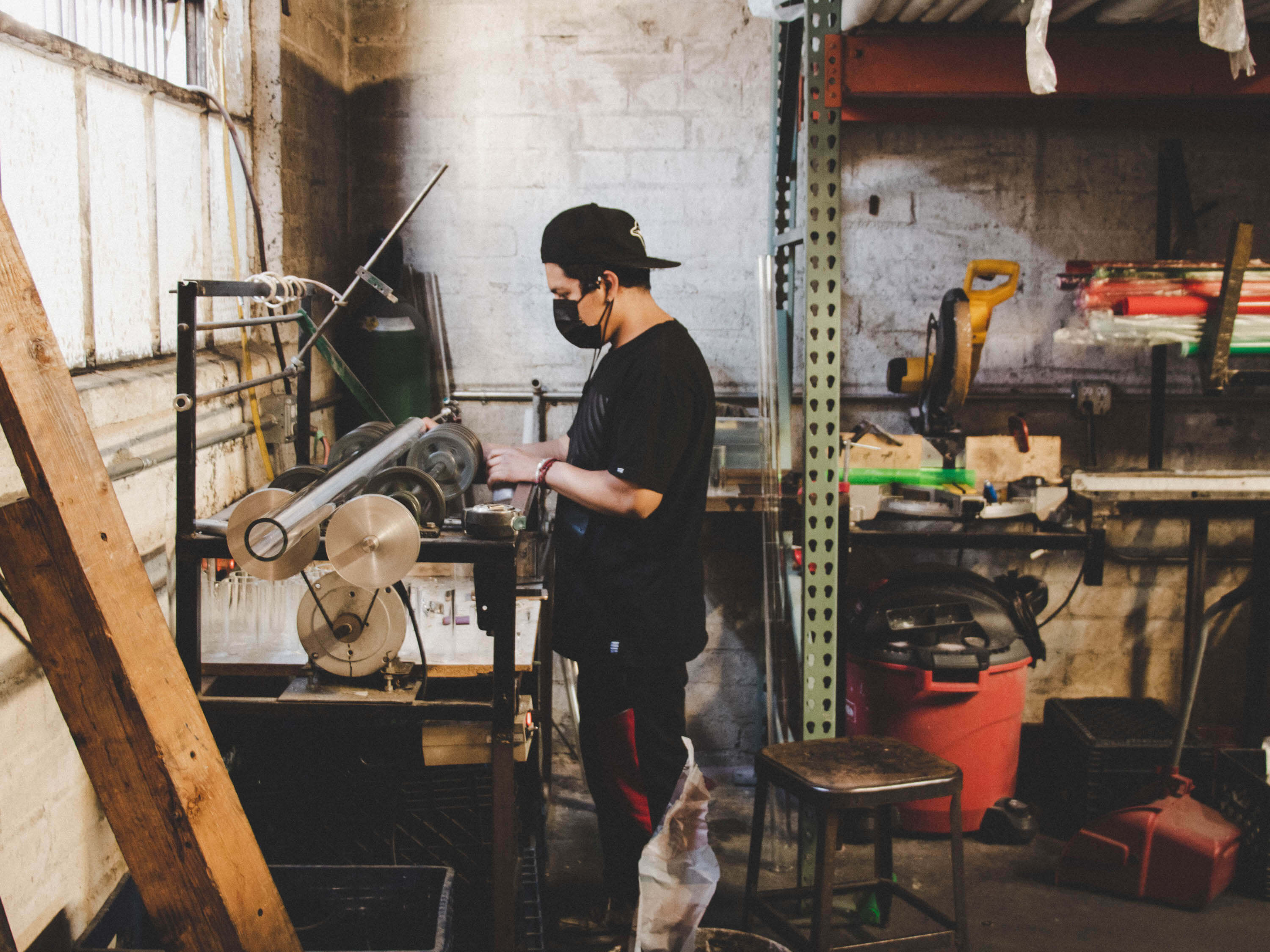Moldy marijuana is a cannabis grower’s worst nightmare. It can happen anywhere, at any time, and totally destroy what should’ve been a beautiful harvest in the blink of an eye. Naturally, a reputable cultivator with any shred of integrity would never allow moldy weed to get to the marketplace. Unfortunately, buds that have been grown, harvested, and dried properly can develop a fungus. Thus, proper storage is important.
How does Cannabis develop Mold?
Mold is a variety of fungus that can grow on indoor crops as well as those grown in direct sunlight. Furthermore, it affects marijuana harvests in a broad range of climates and environments. All it needs to thrive and spread is a limited airflow and moisture. Mold produces a fungus with a root-like structure called mycelium, which produces airborne spores that proliferate by attaching themselves to damp surfaces. Some mold types not only grow and spread quickly on live plants but trimmed buds as well. Thus, it is important to keep a check on the health of your plants constantly. Ensure proper ventilation and sunlight while a dry ambience to a certain extend helps.
What does moldy Cannabis look like?
If you’re unfamiliar with growing cannabis and the development of mold on it, it can be difficult to spot it at first. Unlike trichomes, the glistening, shiny crystals on cannabis plants, mold doesn’t glisten and it certainly isn’t shiny. There are three primary types of mold that can adversely affect your plants as follows:
- Botrytis (bud rot) – bud rot is usually brown or gray and starts on the inside of the bud. If you squeeze buds that have botrytis, they may crumble and flake apart.
- Powdery mildew – buds infected with powdery mildew are easily identified by the grayish-white color and powdery texture covering the bud flowers and leaves.
- Sooty mold – this type of mold looks like someone sprinkled soot across the plant’s leaves. It is easily identified by small, blackish spots on the leaves. Although it is a fungus, sooty mold is indicative of a serious pest infestation.
These visual clues will quickly tell you that your cannabis plants are moldy. Any type of black spots, fuzzy dark-grayish chunks, or white powder is most likely mold. In addition to these visual clues, mold has a distinct musty smell that reminds you of a pile of wet towels that were never put in the washer or wet hay bales. The best way to avoid moldy weed is to purchase your cannabis from a high-quality, reputable dispensary or retailer. Ensure that you check for mold at all times before you buy it.
To learn more about the above or for information about high-quality glass accessories, contact Tank Glass today at support@tankglass.com.




